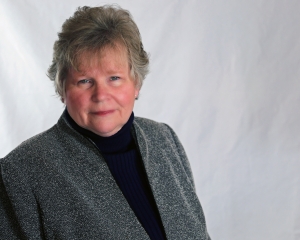THE ROI OF SMARTER SECURITY: HOW AI BODY CAMERAS ARE TRANSFORMING THE INDUSTRY
Johann Hauswald, Plix AI, CALSAGA Network Partner
In today’s fast-paced private security landscape, efficiency, accountability, and client confidence aren’t just competitive advantages – they define operational success. As security teams balance rising demands with limited resources, emerging technologies like AI-powered body worn cameras are helping organizations operate smarter and safer while improving their bottom line.
Turning Footage into Actionable Insight
Traditional body cameras record what happened – AI-enabled systems reveal why it happened. By automatically analyzing footage, detecting key events, and flagging risks, modern platforms reduce hours of manual review and provide supervisors with faster, more meaningful insights.
“When a guard faced a misconduct allegation, we were able to review the footage instantly and confirm what really happened. That visibility helped defuse a potentially serious escalation with the client.”
– Patrick Leighton, Owner at Falcon Protective Services
From Reactive to Real-Time
AI-driven analytics help transform incident management from reactive to proactive. Instead of waiting hours or days for footage review, teams can now detect and document events as they unfold, reducing response times by over 90% and improving situational awareness across every site.
Smarter Documentation, Measurable ROI
Automated transcripts and event tagging are redefining how teams manage incident documentation. By generating accurate, time-stamped records of key moments, these tools reduce administrative work, strengthen transparency, and have helped some organizations cut court appearances per incident by 66%.
“We had a case where someone claimed we’d used pepper spray without cause. The video showed the full story, including the threat and attempted assault on another guard. That footage gave us the clarity we needed to resolve the issue quickly and confidently.”
– Maynor Dardon, General Manager at Treston Security Services
Why It Matters
The benefits of AI in private security extend well beyond efficiency. By turning footage into actionable insight, these tools enable faster decision-making, stronger accountability, and improved client trust.
As the industry continues to evolve, leading firms are embracing AI not as a replacement for people, but as a force multiplier that empowers them to do more with less – safely, intelligently, and profitably.
Johann Hauswald is the Founder and CEO of Plix AI, a startup developing AI-enabled body cameras and safety analytics software for private security and field-operations industries. Plix is backed by Sequoia Capital, Andreessen Horowitz (a16z), and the founders of Samsara and Verkada.
 Johann earned his Ph.D. in Computer Engineering from the University of Michigan, where he specialized in AI at the edge and computer vision. Before founding Plix, he was a postdoc at Stanford working on large-scale video analytics and edge inference systems and previously co-founded a venture back AI company building conversational AI systems. His work sits at the intersection of AI, safety, and real-time video intelligence, advancing how organizations detect and respond to incidents in the physical world.
Johann earned his Ph.D. in Computer Engineering from the University of Michigan, where he specialized in AI at the edge and computer vision. Before founding Plix, he was a postdoc at Stanford working on large-scale video analytics and edge inference systems and previously co-founded a venture back AI company building conversational AI systems. His work sits at the intersection of AI, safety, and real-time video intelligence, advancing how organizations detect and respond to incidents in the physical world.






